SUMMARY
This is AI generated summarization, which may have errors. For context, always refer to the full article.

CEBU, Philippines – Merlyn Cañete and her family spent Christmas 2021 in darkness after Typhoon Odette knocked out power in their community and tore off half the roofing of their Olango island home. Her husband also lost his livelihood following the disaster.
Like 40,000 other residents of Olango, a bird and marine sanctuary in the Hilutungan Channel, the Cañete family clung to hope as the new year dawned. But Cañete knew she had to fight to stay alive.
The mother of six was diagnosed with stage two breast cancer in 2020. As the Philippine government enforced the world’s longest lockdown to stem the spread of COVID-19, her husband lost income from motorcycle driving.
Worse, public transportation ground to a halt. With ports inaccessible, Cañete had no way to get to Cebu City in the mainland for her chemotherapy sessions. In hospitals around the country, COVID-19 took a toll on health workers and threatened already vulnerable patients.
She waited for two years, knowing every day increased the risk of her cancer spreading.
By the time the 52-year-old Cañete got the much needed treatment in January 2022, doctors said her cancer was already at stage four.
Odette had crushed her husband’s other means of livelihood, fishing. Cañete spends P8,000 per chemotherapy session, and an additional P6,000 for transport costs, food, and accommodation – including expenses for her travel companions, two of her children, as she is too weak to travel alone. They have to stay in the mainland at least overnight because of the noxious side effects of her treatment.
“Unta, maluoy unta mga taw nako ug mutabang sila sa akong mga bayrunon ug mga tambal kay para di na ko magantos sa aning sakit. Maluoy pud kos akong mga anak,” she told Rappler.
(Hopefully, people will see my situation and help me with my expenses and medicine so that I won’t have to struggle with this illness. I feel sorry for my children.)
Cañete has received financial aid from the Philippine Charity Sweepstakes Office (PCSO) and the Lapu-Lapu City government, which administers Olango, but she is still trying to raise funds for three more chemotherapy sessions.
Most of her children had to stop their studies, and only one remained in college.
“My child would even ask for donations from his colleagues for my chemotherapy,” she said in Cebuano.
State of Healthcare
Like Cañete, many residents in the once-vibrant island of Olango feel that they are still fighting for their lives six months after Typhoon Odette.
In January, Rappler’s Visayas Bureau visited the home of Dioscora Ompad, a 73-year-old widow who has seen the best and worst of Olango.
Ompad told Rappler that senior citizens, like herself, received P4,000 cash aid from the local government. This, however, was still not enough to cover medical expenses and other needs.
“Nanginahanglan gihapon mi og bugas ug akong tambal (We still need rice and medicine),” she said.
Locals told Rappler in Janury that the average price of rice per kilo in Olango had increased from P30 to P40 since Odette hit the island.
Aside from the lack of resources, it had been harder to get medication and treatments due to the current condition of the community hospital.
Dr. Maria Evelyn Magno, Medical Officer III of Sta. Rosa Community Hospital, told Rappler that Odette destroyed about 40% of the hospital sections that underwent renovation earlier in 2021.
The Sta. Rosa Community Hospital is the only hospital on the island catering to more than 40,000 Olangohanons. As of this writing, only 60% of the hospital can be used.
According to Magno, there are only four doctors on the island.
“There’s only one doctor working here per day and three nurses per shift,” she said.
In the dark
While the Mactan Electric Company (MECO) has been setting up new concrete utility poles to restore power supply in Olango, parts of the island still have no electricity.
MECO senior vice president Gilbert Pagobo told Rappler in an interview on Tuesday, June 14, that they have yet to reenergize parts of barangays Sabang, Caw-oy, and Talima.
He explained that it was difficult to transport equipment and trucks right after Odette, as the typhoon had destroyed the Hilton Port.
“There was a time when we forced ourselves to board during low tide but it ended up destroying our truck,” he said.
Ompad said locals now rely on solar-powered panels provided by the city government and nongovernmental organizations like SEED4COM.
“Usa ka panel kay gamiton sa duha ka pamilya (One panel is used by two families),” she said.
Some families use bottles as lanterns, she added.
Ompad appealed to Cebuanos on the mainland to continue sending aid to senior citizens like her and sick folk like Cañete.
“Tabangi mi, maluoy ka namo (Help us, have mercy on us),” she told Rappler.

– Rappler.com
Add a comment
How does this make you feel?
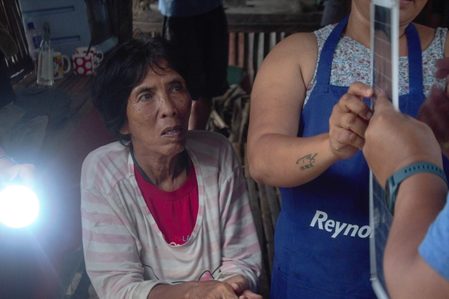
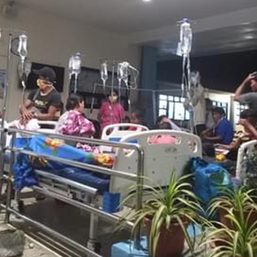
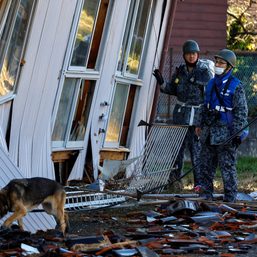
![[ANALYSIS] Lessons in resilience from Japan’s New Year’s Day earthquake](https://www.rappler.com/tachyon/2024/01/TL-japan-earthquake-warning-system-jan-3-2024.jpg?resize=257%2C257&crop_strategy=attention)
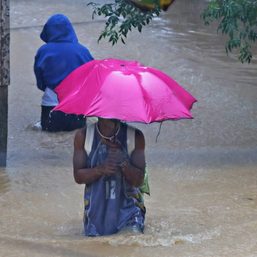

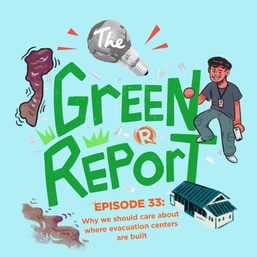
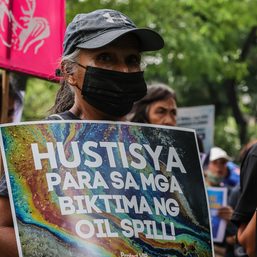
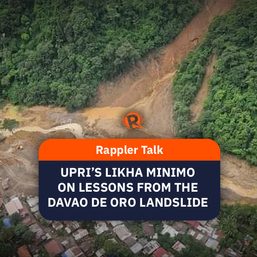
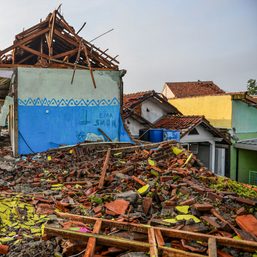
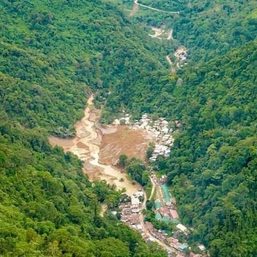
There are no comments yet. Add your comment to start the conversation.